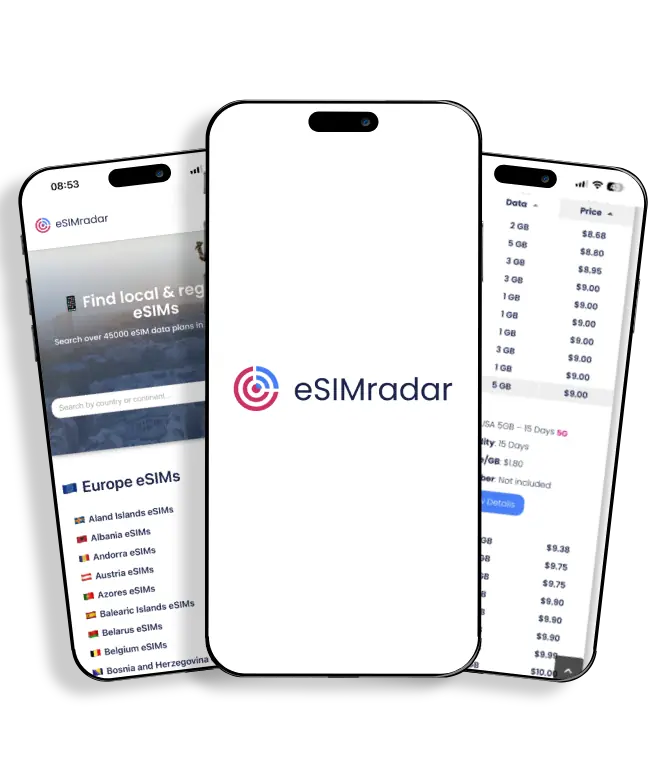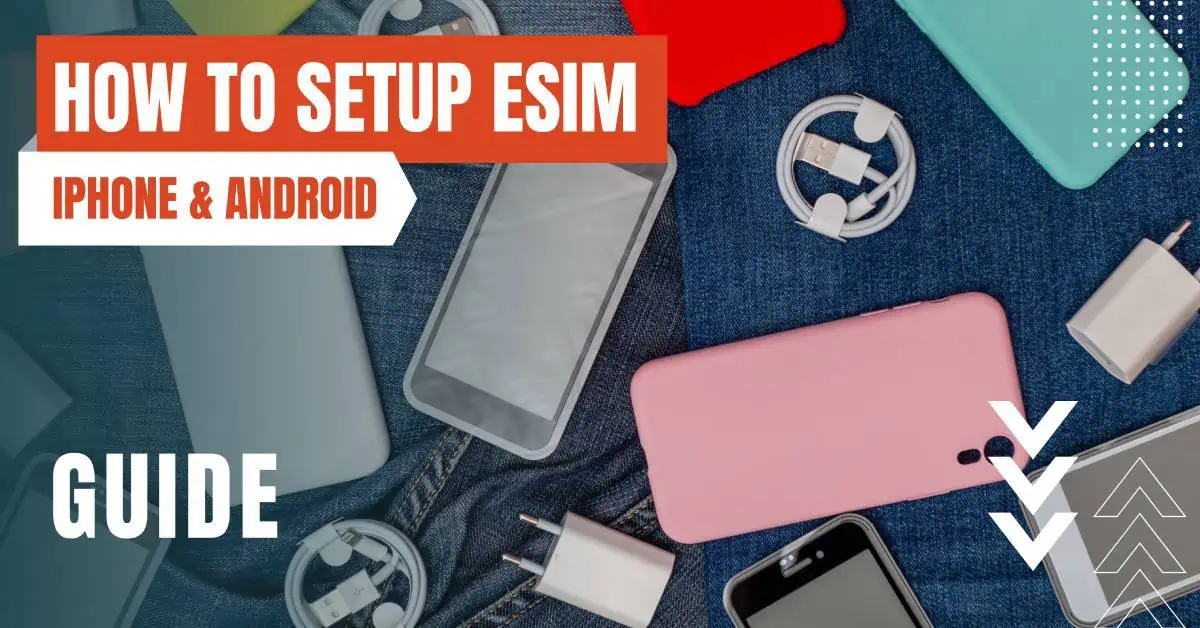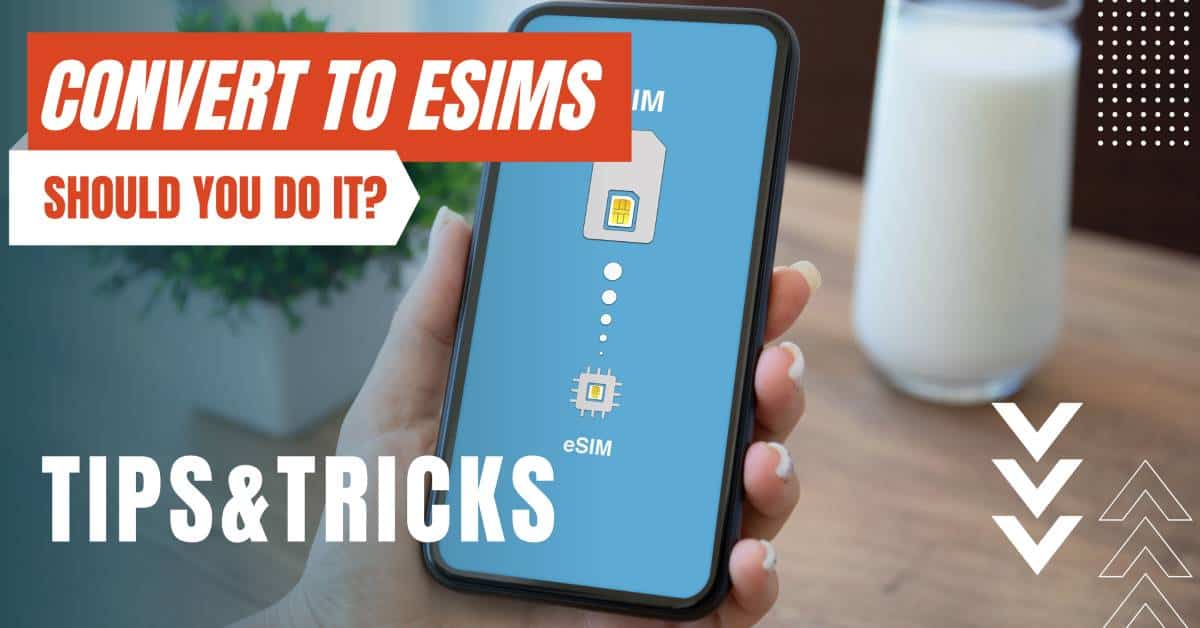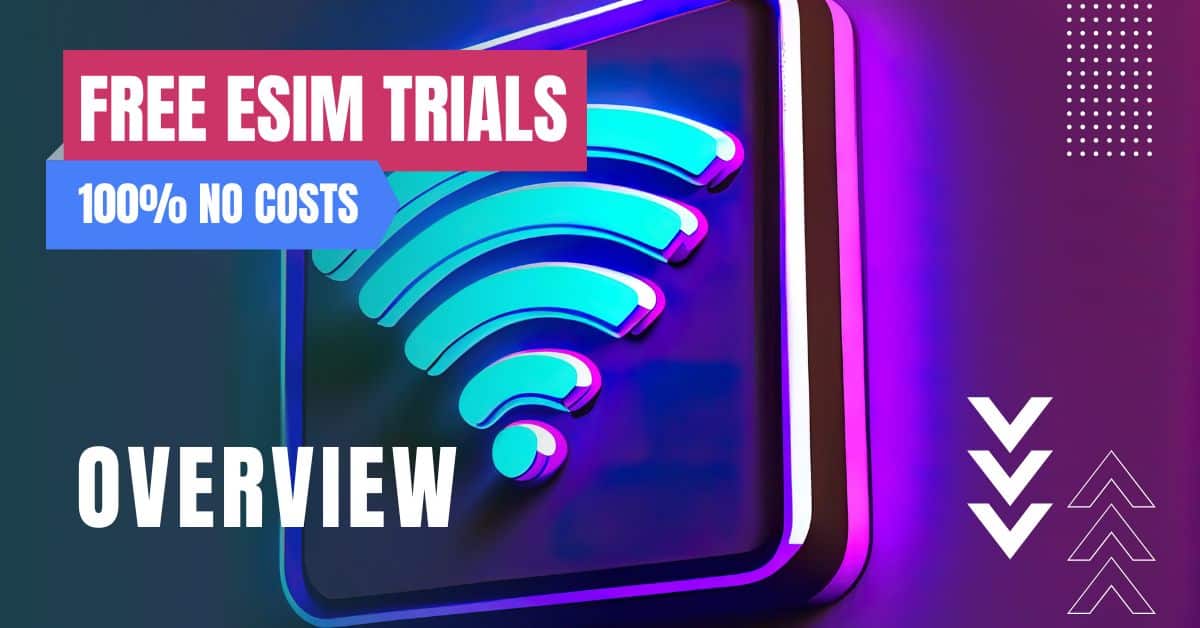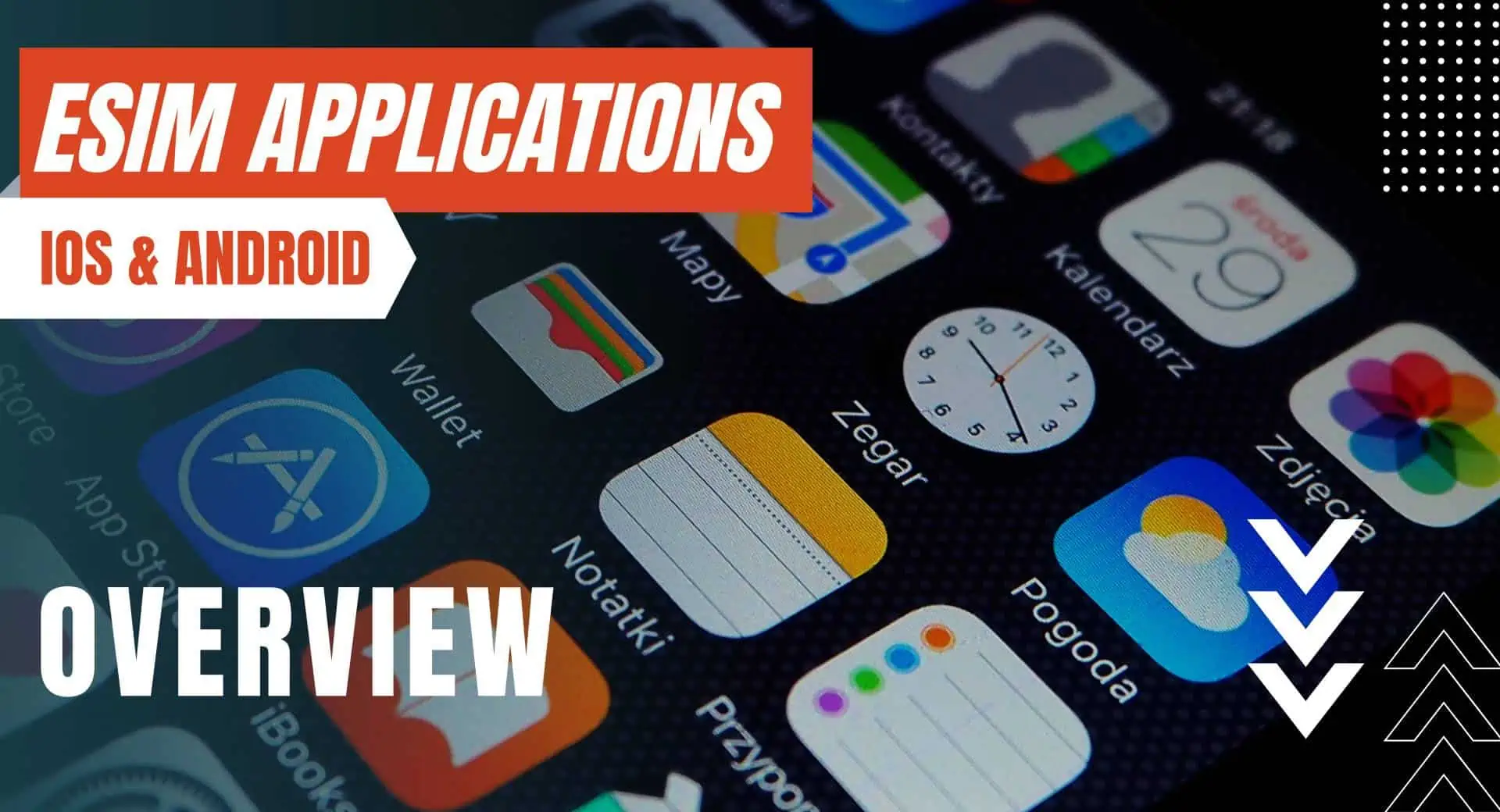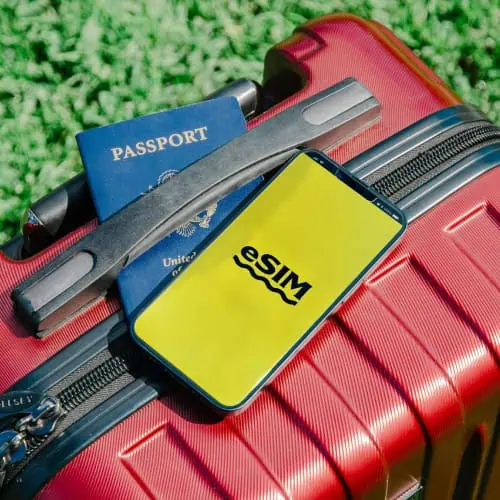All of the products and services we feature are chosen independently. If you click through links we provide, we may earn a commission. Learn more
Written by: Emily Chen
Can eSIMs Receive Calls
- Updated: September 30, 2023 | Published:
In the digital age, staying connected is more than a convenience—it’s a necessity. As technology continues to evolve, the tools we use to communicate are becoming more sophisticated and efficient. One such innovation is the eSIM, a game-changer in the world of mobile technology.
This digital SIM card is transforming the way we connect, making it easier than ever to switch between network providers and manage multiple numbers. But can eSIMs handle phone calls just like traditional SIM cards?
In this comprehensive guide, we’ll explore the capabilities of eSIM technology, how to set it up for calls, its compatibility with carriers, and what the future holds for this groundbreaking technology.

Understanding eSIMs
The eSIM, or embedded SIM, is a digital revolution in the world of SIM cards. It’s a game-changer that allows you to activate a cellular plan without the need for a physical nano-SIM.
The technology is built into your device, operating similarly to NFC (Near Field Communication) chips used in contactless payments and mobile payment systems.
eSIMs are the next evolution in SIM technology, boasting several advantages over their physical counterparts. They’re smaller, more adaptable, and user-friendly.
They free up space inside the device for other components and can be managed by the device’s software, enabling users to switch between network operators without the hassle of physically changing the SIM card.
The eSIM Call Experience
When it comes to handling phone calls, eSIMs are no different from traditional SIM cards. When a call is made to your number, your network provider routes the call to your device. The eSIM recognizes the incoming call and signals the device. This process is seamless and invisible to the user.
The call quality, encompassing audio clarity and connection stability, hinges on network coverage and device capabilities, not on the physical or embedded nature of the SIM. Thus, eSIMs can receive calls with the same reliability as traditional SIM cards.
Activating eSIM for Calls
Activating an eSIM to receive calls involves a few steps. First, you need to verify that your device is eSIM-compatible. Several smartphone manufacturers, including tech giants like Apple, Google, and Samsung, currently offer devices with eSIM capabilities.
Once you’ve confirmed eSIM support, you’ll need to get your eSIM activated through your network provider. This process varies among providers, but it generally involves scanning a QR code provided by your carrier or manually entering activation details.
Once your eSIM is up and running, your device should be ready to receive calls (if the eSIM comes with SMS & Call plan).
Find out how to make phone calls with data-only eSIMs
You can manage your eSIM settings from your device’s settings menu, where you can set your eSIM as your primary line, designate it for data only, or switch between different eSIMs if you have multiple.
Troubleshooting eSIM Issues
While eSIM technology is generally reliable, users may occasionally run into issues when trying to receive calls. These issues can range from no service or weak signal strength to calls not coming through.
If you’re facing issues with your eSIM, the first step is to check your network coverage. If you’re in an area with poor or no coverage, you may not be able to receive calls. Moving to an area with better coverage or connecting to a Wi-Fi network for Wi-Fi calling (if supported by your carrier) can help resolve this issue.
If network coverage isn’t the issue, try restarting your device or toggling airplane mode on and off. This can help reset your device’s network settings and may resolve the issue.
eSIM and Carrier Compatibility
Not all network carriers support eSIM technology. Therefore, it’s crucial to check with your carrier to see if they offer eSIM support.
As of now, many major carriers globally, including AT&T, T-Mobile, and Verizon in the United States, and Vodafone, EE, and O2 in the United Kingdom, support eSIM.
The future of eSIM technology is bright. As more device manufacturers adopt this technology, it’s likely that more carriers will also start supporting it. This could lead to a future where physical SIM cards become a thing of the past, replaced by a more flexible and user-friendly digital solution.
eSIMs are fully capable of receiving calls, offering the same functionality as traditional SIM cards but with added flexibility and convenience. As this technology continues to evolve, we can expect to see even more benefits and features from eSIMs in the future.
By entering your email & signing up, you agree to receive promotional emails on eSIMs and insider tips. You can unsubscribe or withdraw your consent at any time.

About The Author
Spread the Word, Share the Joy
Compare eSIMs
Why keep the secret to yourself? Spread the joy of eSIMradar and let everyone in on the eSIM experience!

Easy eSIM Comparison for Your Needs
Simplifying your search! Easily compare eSIM plans tailored to your specific needs

Coverage in 210+ Countries
Benefit from our extensive eSIM comparison with 30+ providers in over 210 destinations.

Save money without second-guessing
Our platform helps you maximize value, ensuring competitive prices.

Enjoy Hassle-Free Travel Abroad
Whether you’re on holiday or a business trip abroad, stay connected with ease and focus on enjoying your experiences,
Find Your Perfect eSIM & Exclusive Deals!
Find your ideal eSIM effortlessly and stay connected in style wherever your adventures take you! Get exclusive deals and discounts at your fingertips, ensuring you get connected for less on your travels!
